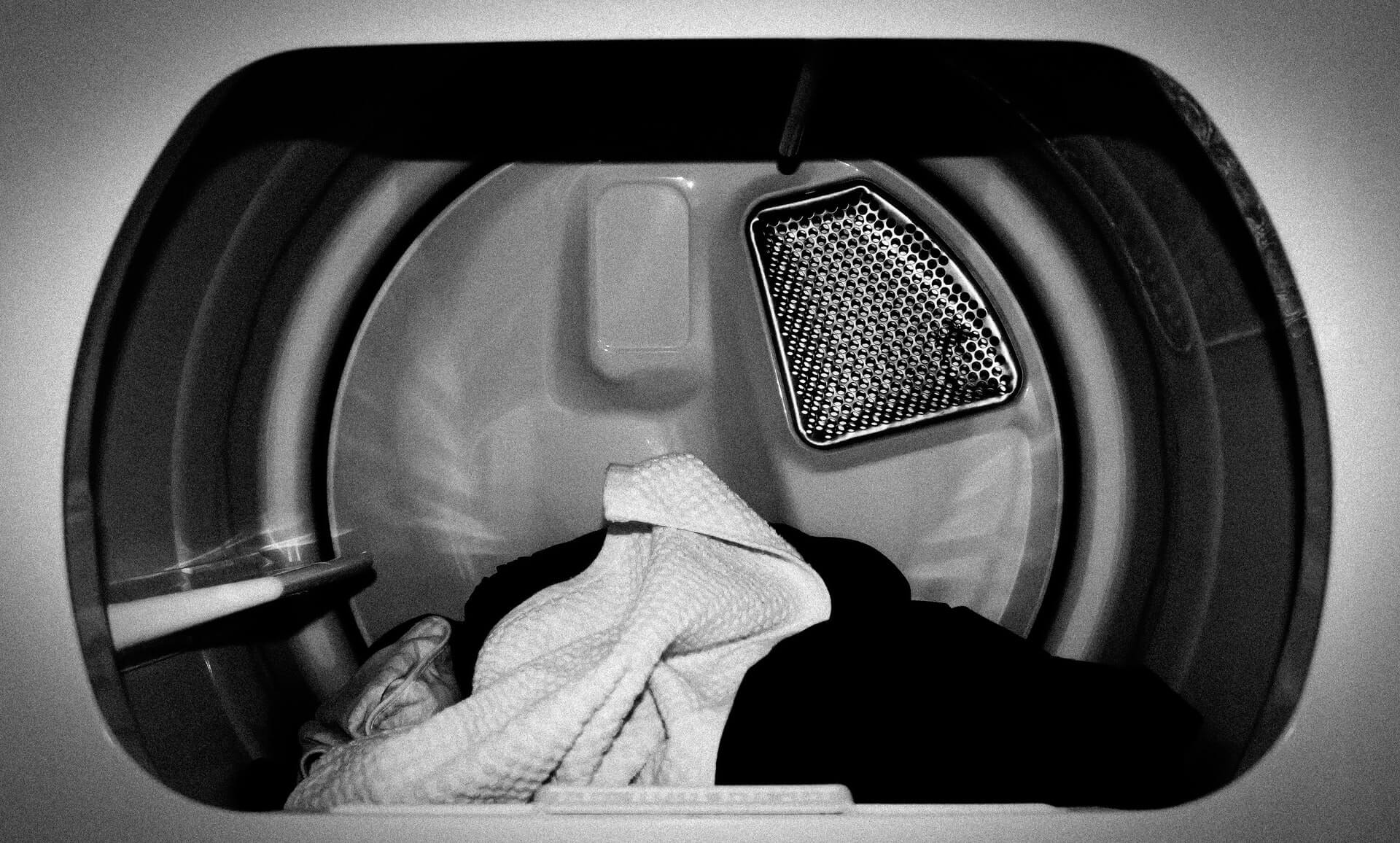Knowing how to hand-wash your clothes can come in handy on occasion. It’s just a really useful adulting skill to have, whether you need it because of a broken washing machine, an unexpected spill, or a delicate piece of clothing. And it’s usually only when you’re in a tight spot that you realise you have no idea what you’re doing. Sigh. But don’t worry, we’re here to assist you!
Hand-washing your clothes has a lot of advantages. For starters, it’s much gentler on clothes than a washing machine, which means your clothes will last longer and won’t suffer from “pilling” or other damage. It’s also more environmentally friendly because you use a lot less water and there’s no electricity involved. It will also save you money in the long run!
Thankfully, once you get the hang of it, it’s also fairly simple. When it comes to hand-washing clothes, however, there are a few things to consider.
Consider the following:
Check the care tag on your clothes for information on water temperature. Washing it in boiling hot water if it says 30 degrees could damage the garment. Check for any other special washing instructions, such as “dry clean only,” which isn’t usually suitable for washing in the sink. However, if it simply says “dry clean,” you should be fine.
The type of detergent you use should be determined by the fabric being washed. Most regular detergents are fine to use, but more delicate fabrics like wool or silk should be washed with something gentler, like Ecover Delicate Laundry Liquid.
When hand-washing, you can still treat stains. Rather than scrubbing out that red wine stain (oops, we’ve all done it), gently massage it with the stain remover between your fingers before rinsing with water.
What You’ll Require
- Apparel (obvs)
- A bath in warm water
- A tub or bowl that you don’t mind filling with chemicals
- Detergent for laundry
- To remove stains, use a light brush or sponge.
- A handkerchief
Instructions
Step 1:
Fill the tub halfway with warm water (or as directed on the label! ), and dissolve the correct amount of laundry detergent in it.
Step 2:
Place each item of clothing in the tub separately, pressing down firmly to fully immerse it in the water and swish it around to pick up the detergent. If it appears that dye is leaking from your clothes or the water is changing, don’t worry; this is just a reaction, and you won’t notice any colour loss when you take it out again.
Step 3:
Empty your tub of water and re-fill it with cold water once you’re satisfied that you’ve cleaned them thoroughly and removed any dirt or marks. Use a colander instead if you’re washing something more delicate, such as vintage clothing.
Step 4:
After rinsing your item of clothing in water, squeeze it out. You’ll want to do this three times to make sure you’ve gotten rid of all the nasties.
Step 5:
When you’re ready to start drying, squeeze as much water out of your clothes as possible without gripping them too tightly (you don’t want to damage them), then lay them flat on a towel and pat them dry as much as possible. Avoid stretching or overtwisting your items, especially delicate ones, as this can cause them to lose their shape.
Step 6:
Once the water has been absorbed, lay your clothes flat on top of a fresh towel and allow to air dry to avoid wrinkling and speed up the drying process.
